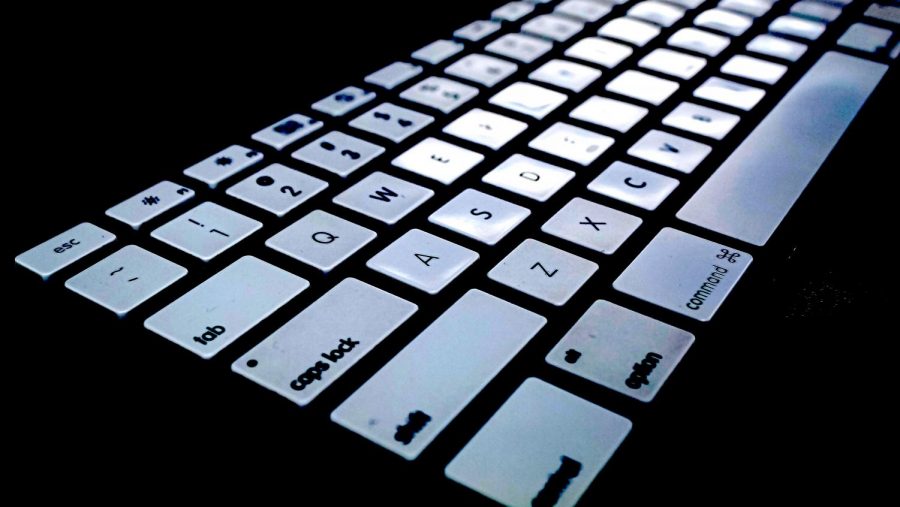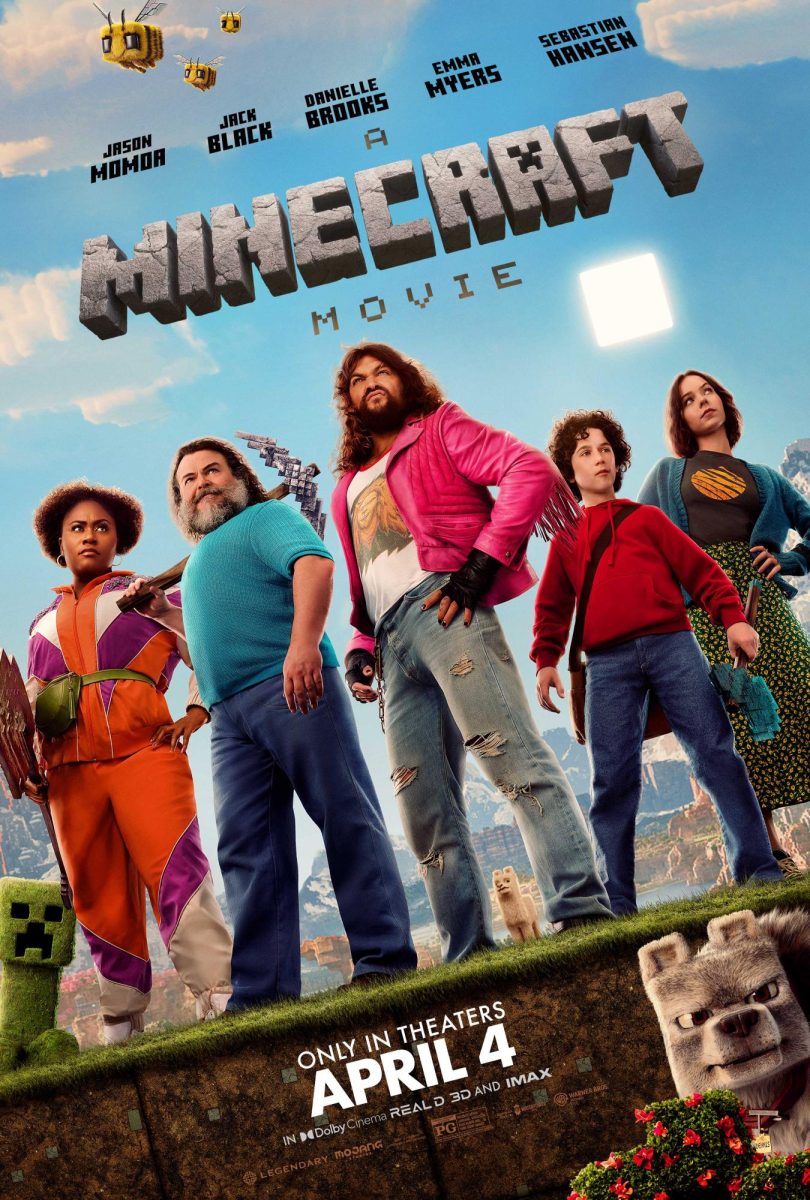Poma: Blocking Porn from School Servers Won’t Solve Anything
(Photo by Hailey Danielson | The Daily Utah Chronicle)
March 9, 2021
The internet is a wonderful place where we can access everything instantly. If the past year has taught us anything, it’s that technology is a necessity in academic environments. But in a society where we issue laptops to children for school use, children are bound to come across the darker corners of the internet. Since H.B. 38, sponsored by Rep. Travis M. Seegmiller, recently passed, it will now be a requirement for “a digital resource provider to ensure that the digital resource provider’s products used in public schools block ‘obscene or pornographic material.’” The Utah Education and Telehealth Network will also need to ensure providers comply with this bill and submit a report that no “breaches of contract” occur.
This bill will protect K-12 kids from accidentally coming across inappropriate material on school computers and servers. However, that doesn’t mean they won’t come across it elsewhere. In concert with Seegmiller’s bill, we should educate Utah kids about what to do if they come across obscene material. Simply limiting access doesn’t immediately solve the problem of exposure to pornography.
The passage of this bill is a win for Utah in terms of protecting children from pornographic material. It outlines a near-bulletproof system to guarantee everyone complies with its guidelines. Amie Schaeffer, a Utah mother of two K-12 children, appreciates that the bill provides safety measures beyond what she can offer herself. “As a parent, I am already doing what I can to safeguard my kids,” she said, “My kids spend more waking hours at school than they do with me, so I expect those safeguards to be in place there.”
In Utah, we are very adamant about protecting children from accessing porn — so much so that state leaders declared pornography a public health crisis five years ago, but little has changed since. Utahns young and old still access porn, perhaps at higher rates than before. Meanwhile, when it comes to educating our youth about healthy relationships, consent and what to do if they encounter pornography, lawmakers want nothing to do with topics related to sex.
During the 2021 session, we saw pushback against many bills geared toward helping young people make healthy decisions, including Rep. Angela Romero’s Consent Amendments and Rep. Carol Spackman Moss’s Health Education Amendments — the latter of which would have had Utah’s sex education curriculum include consent and how to deal with sexual assault. In a conservative state, talking about sex in any capacity except for banning its presence is apparently lewd. The sad part is that knowing more about these issues will probably help K-12 groups understand their world better, not harm them as state leaders seem to fear.
The bill will fulfill its purpose in disallowing K-12 students to access pornography, at least during school or on school computers. But children are extremely tech-savvy. Even if they can’t access obscene material via school-issued laptops, cell phones and home computers still leave room for them to stumble across it — or even seek it out. That’s where H.B. 38 falls short. It doesn’t encompass the big picture. Many parents and educators rely on this type of censorship, and that’s all well and good until people realize that children still access inappropriate websites at home.
The bottom line is that we know many K-12 kids will access porn in some way or another. We can deny it all we want, but it’s true. Given that, we must recognize the need to actually talk with children about internet safety, which means bringing porn into the conversation.
No one is saying that banning pornographic material is a bad thing when it comes to school kids. But we still need to encourage mature, healthy dialogues about pornography among children and teenagers. Demonizing porn doesn’t solve the problem. Shaeffer emphasized that “media literacy” includes talking to children about obscene material online. “Encouraging media literacy is the job of the community around the kid,” she said. “There’s fake news and all that, but media literacy also entails at a young age understanding the power of these digital platforms — the good and the bad.”
Adults should not absolve themselves of their responsibility to educate by shifting that role to resource providers. There are many resources that provide proper methods for parents to talk to school-aged children about obscene websites — and families should do that earlier than they might think. The more control parents have over the way children will respond to their inevitable first interaction with pornography, the better their kids will trust them with questions and feelings if they do encounter it. The bill will only remedy the problem of pornography access among K-12 students if it’s also accompanied by education. Pointing parents in the direction of those resources and facilitating appropriate but honest conversations in schools, perhaps even during sex education and internet safety seminars, will be a start.
We can’t rely on H.B. 38 or any similar bills to be the only line of defense when it comes to addressing pornography. It might not seem like it, but educating our kids about these topics is perhaps the best way to ensure their safety, both online and in real life. Schaeffer said, “Not only do we need to start making kids media literate, but adults, too. If we’re not comfortable in [digital] spaces, then our kids are going to be really uncomfortable.” Ultimately, it is our job as adults to go above and beyond — not just do the bare minimum — to protect and help our children.













